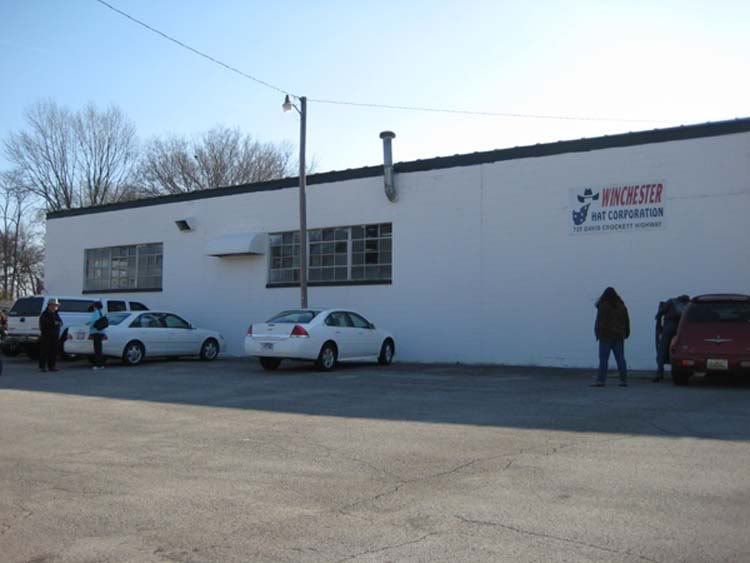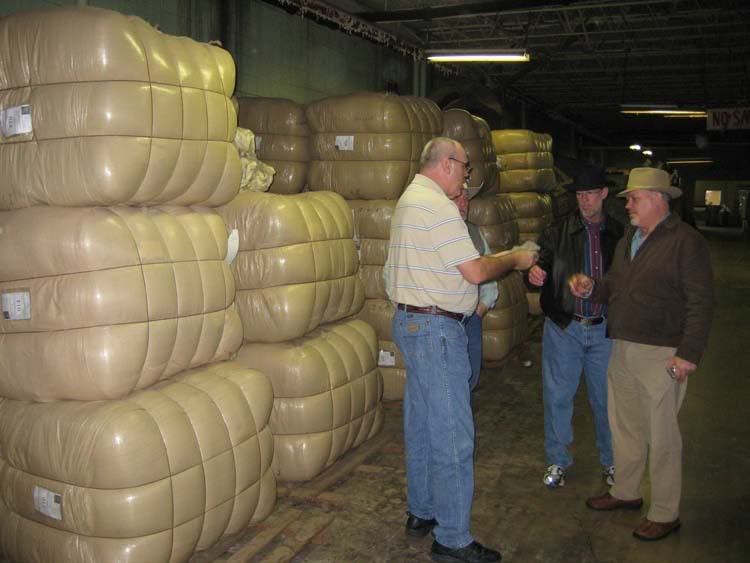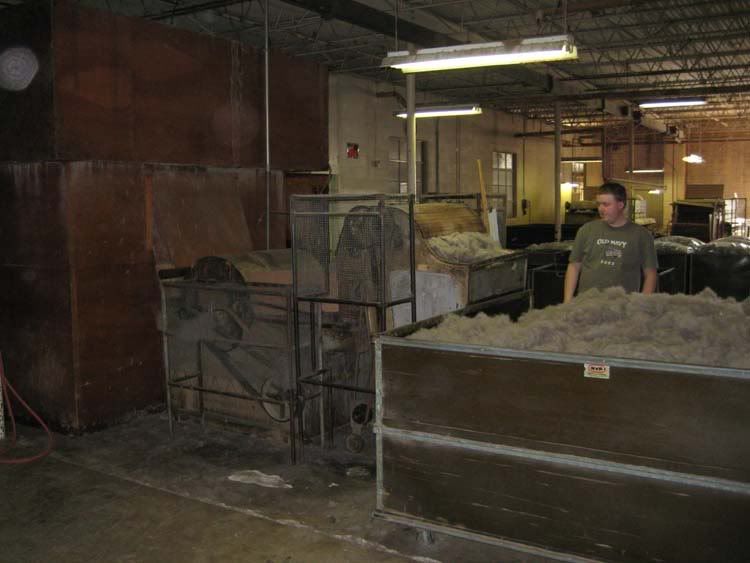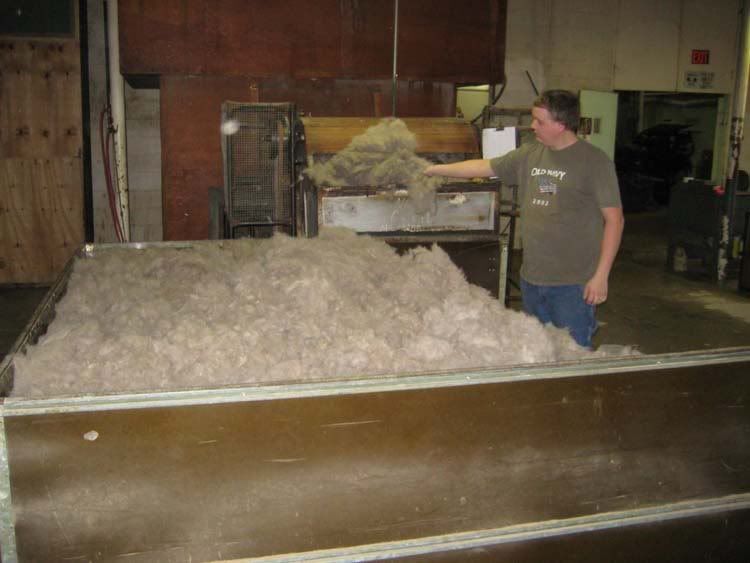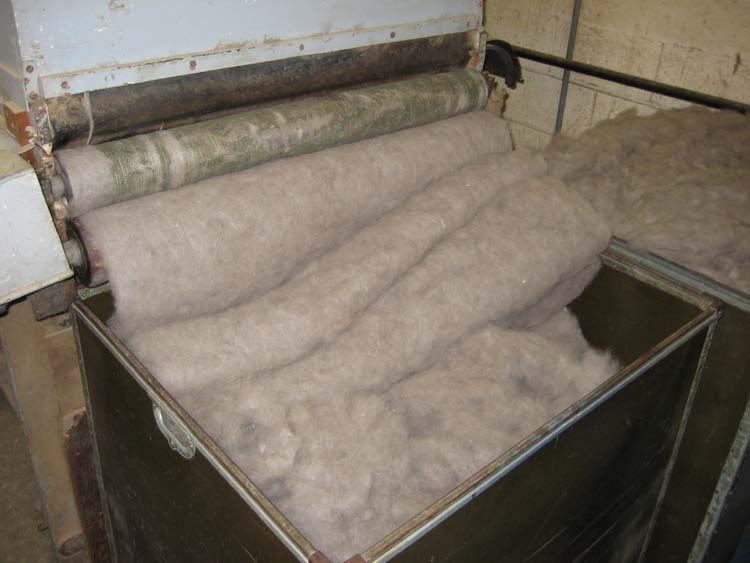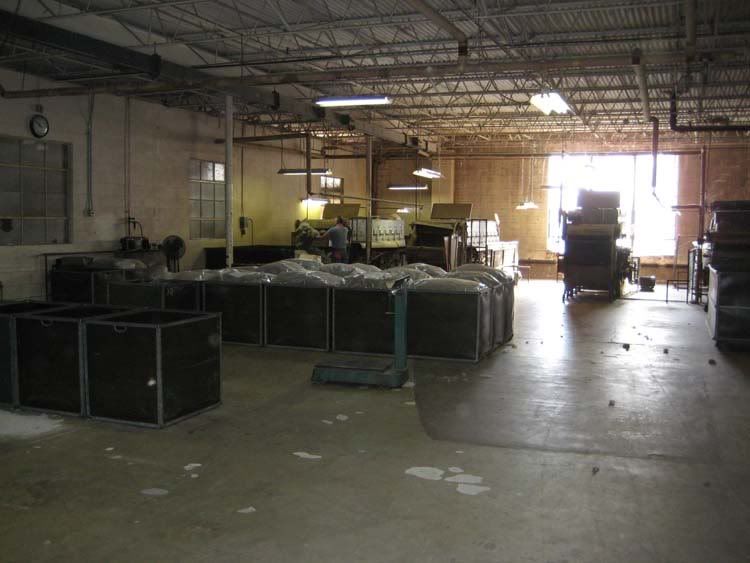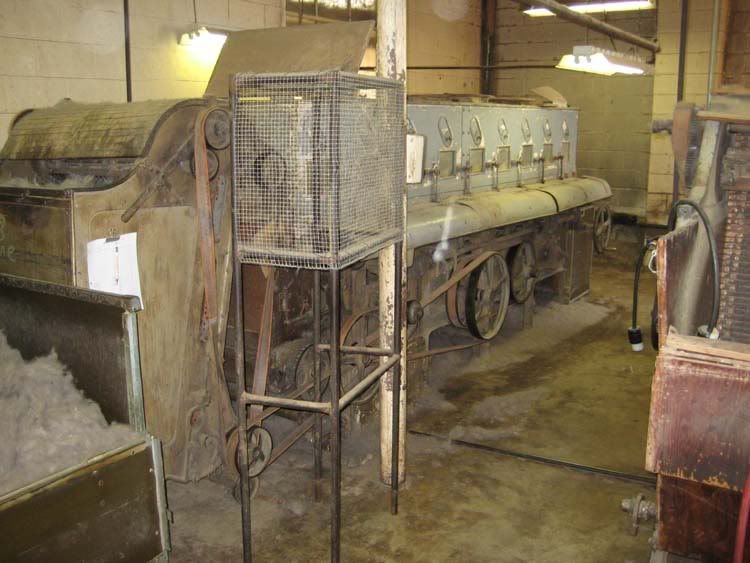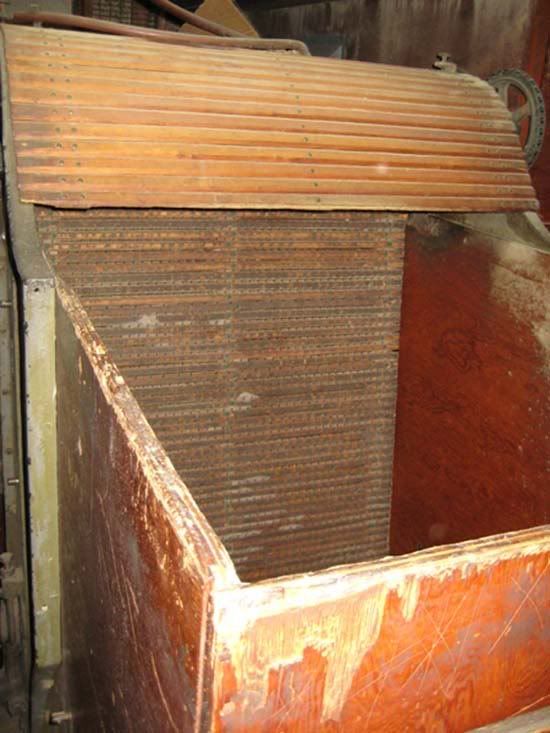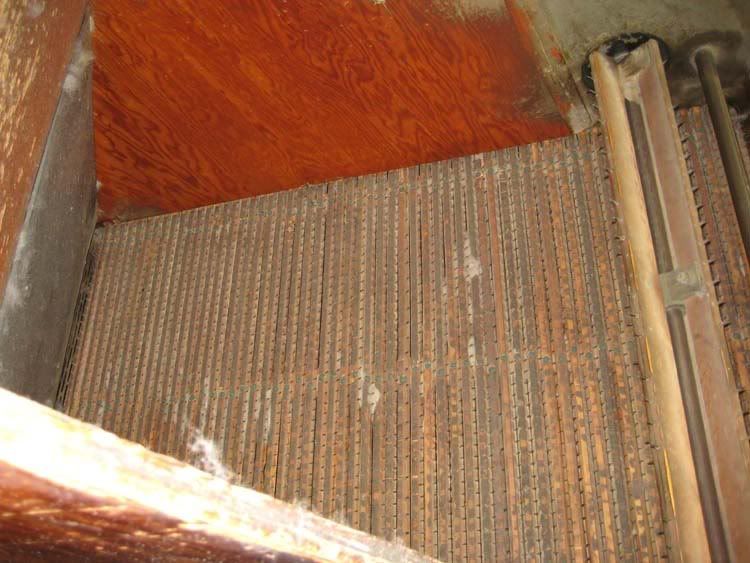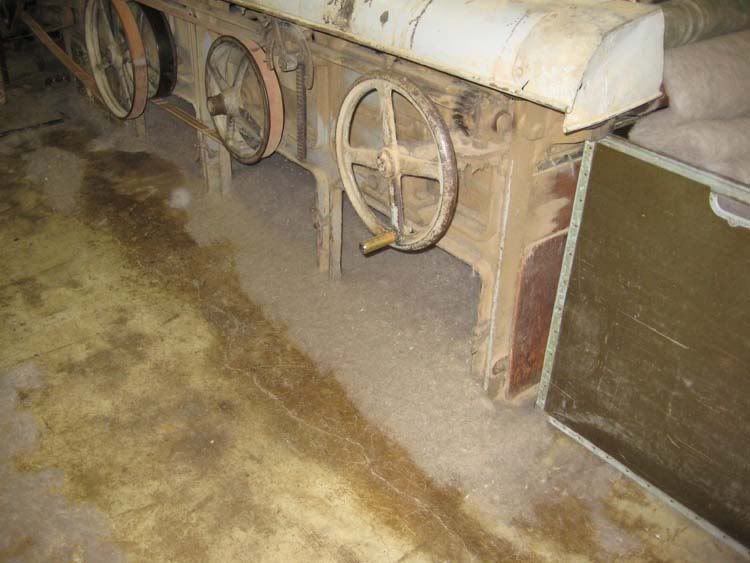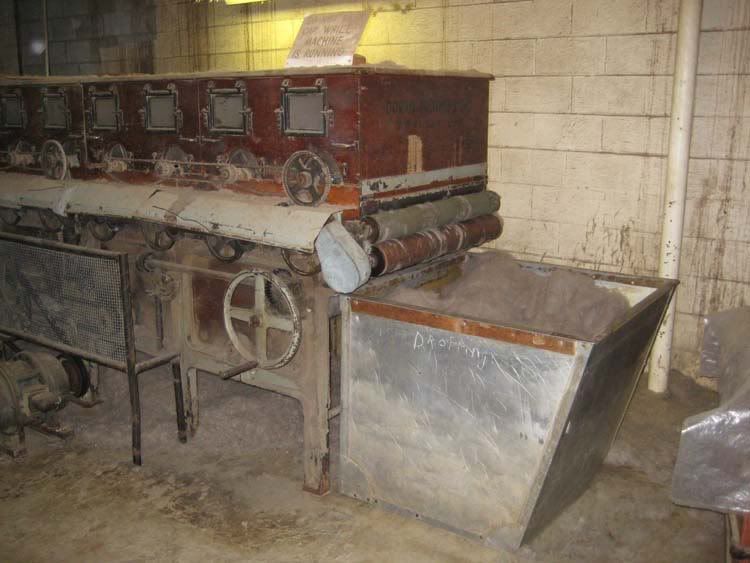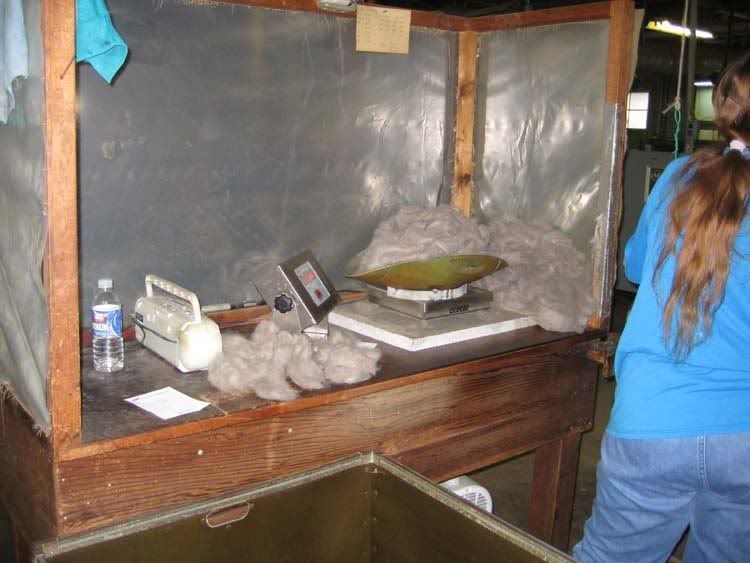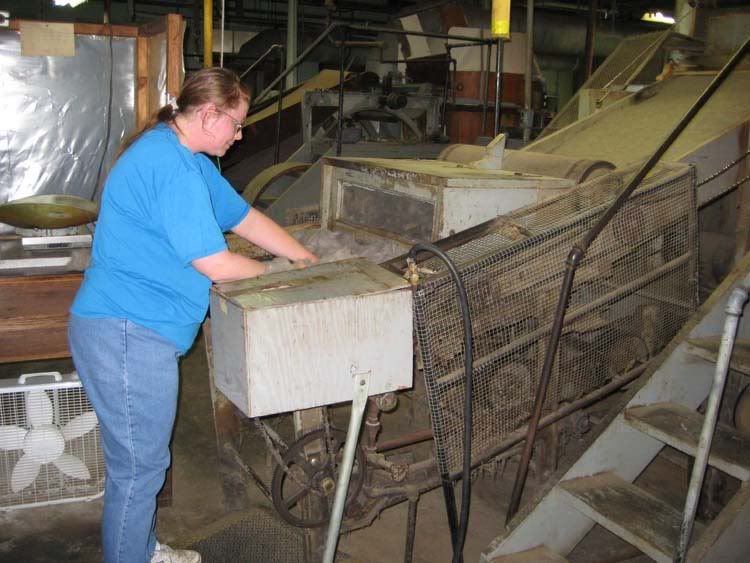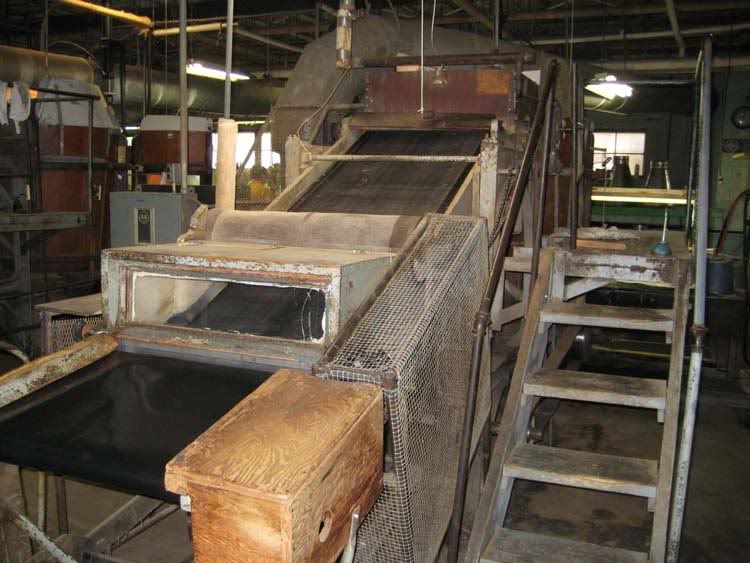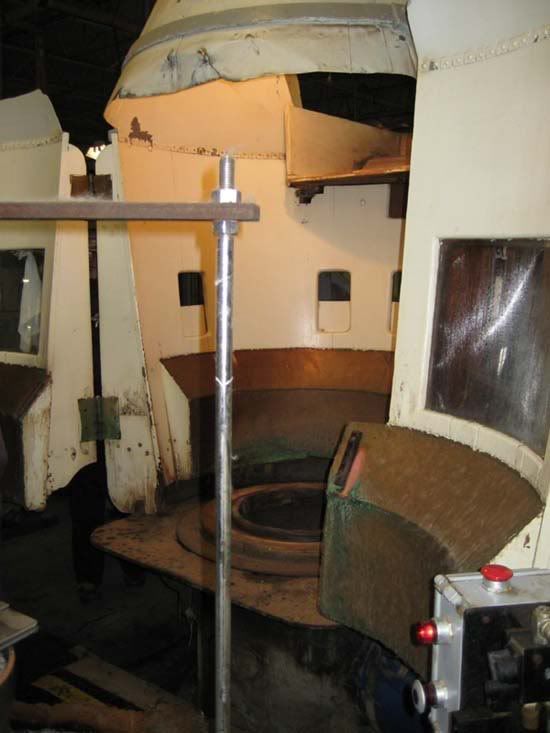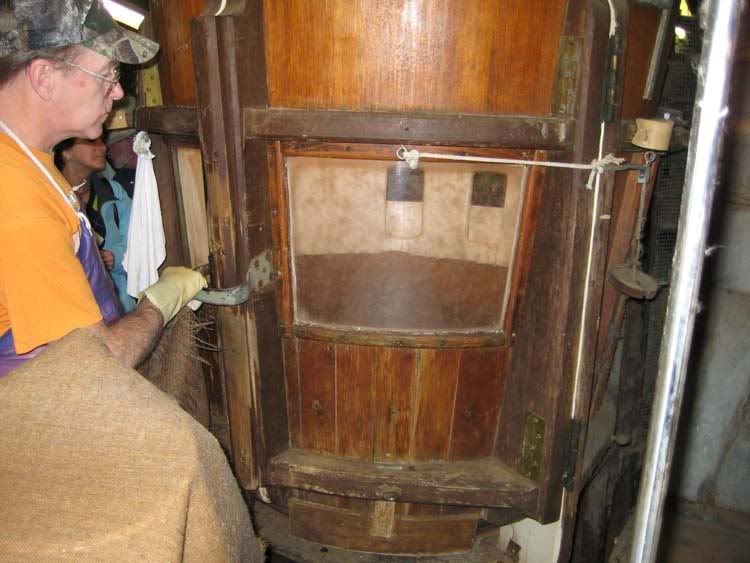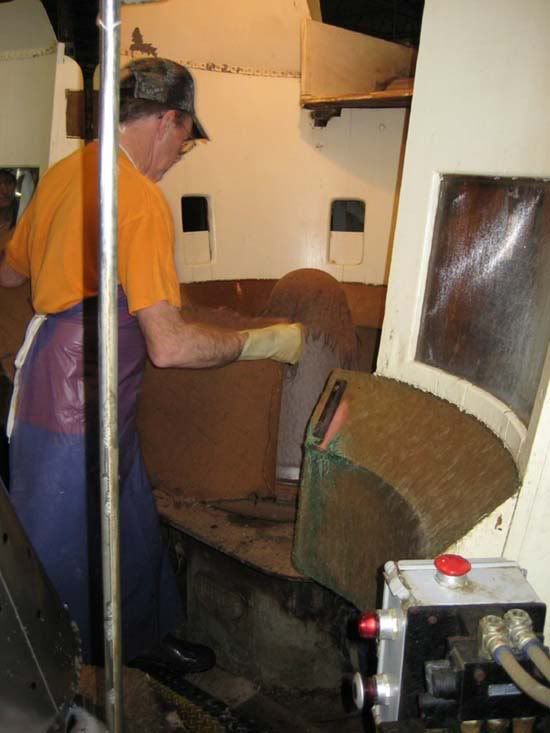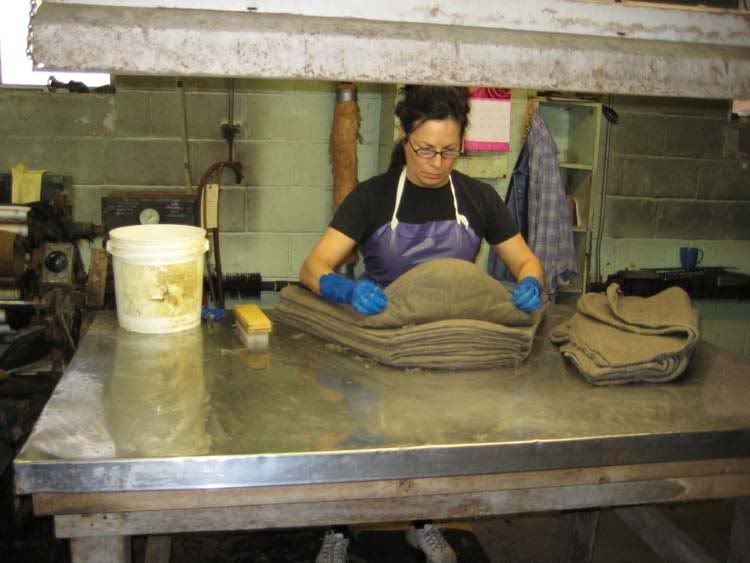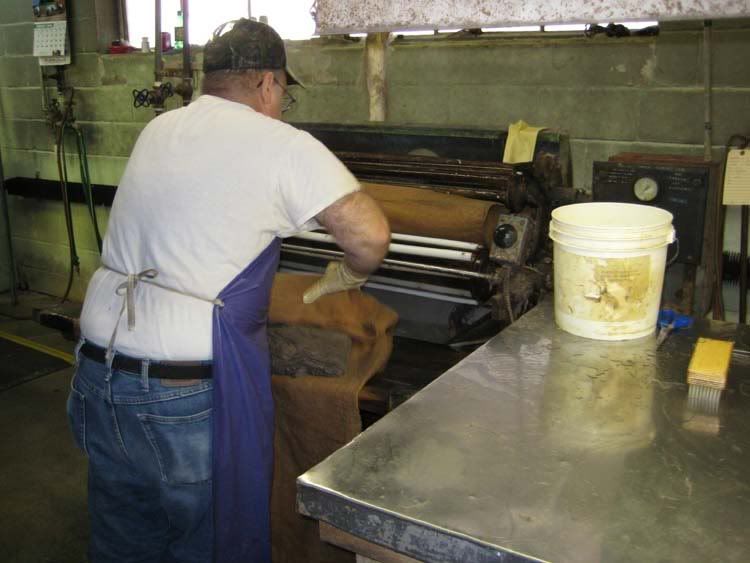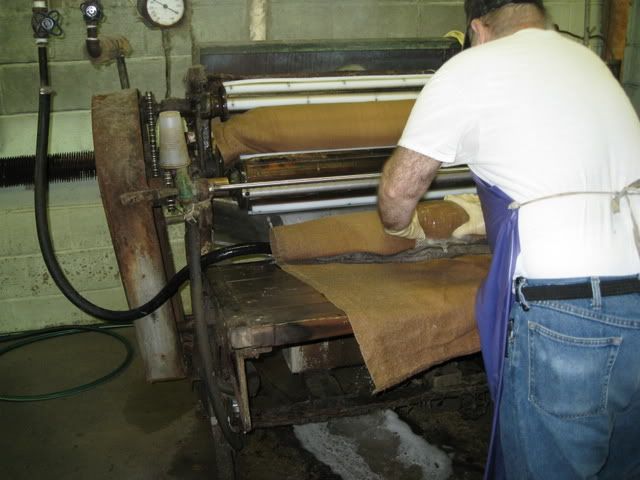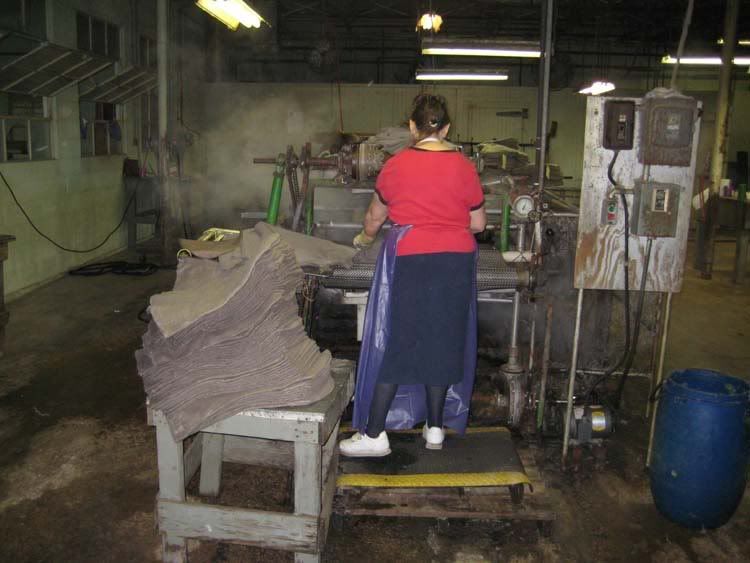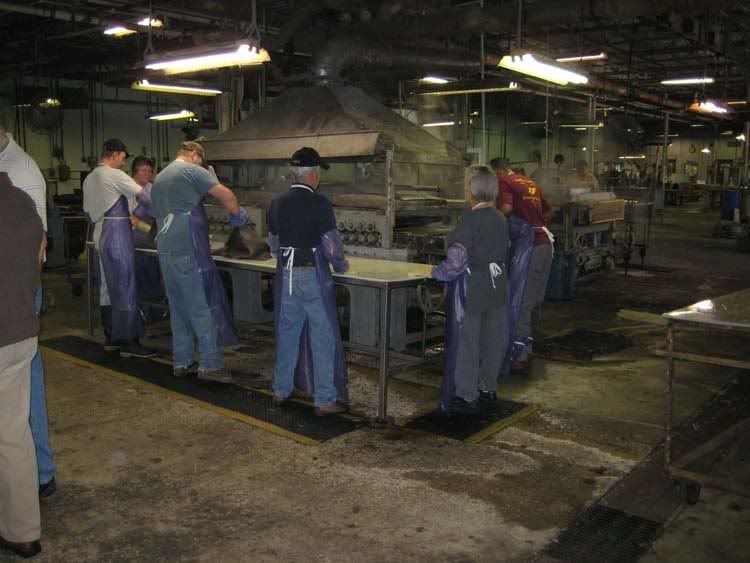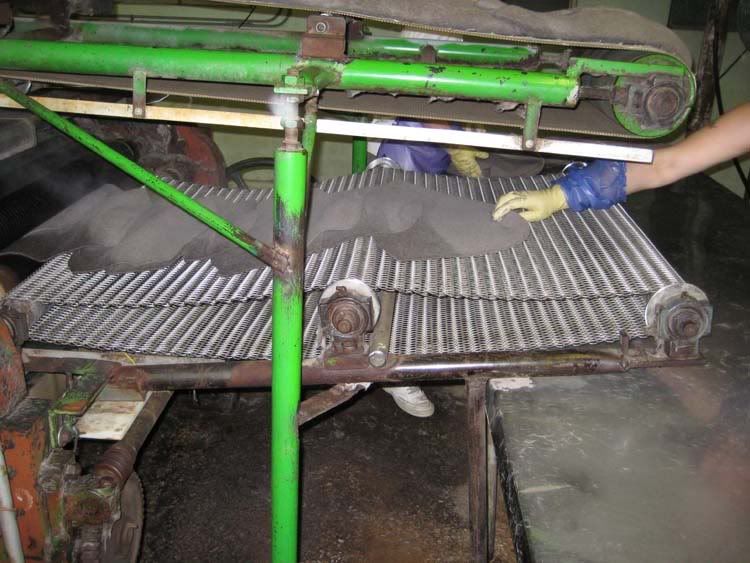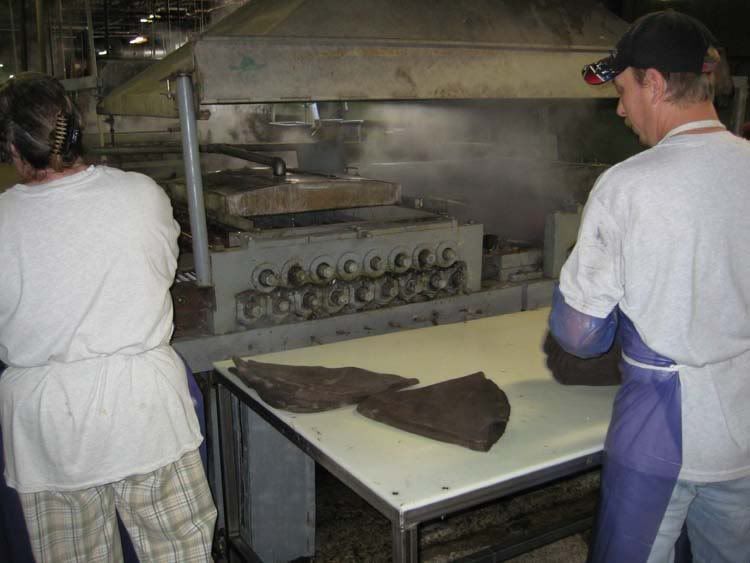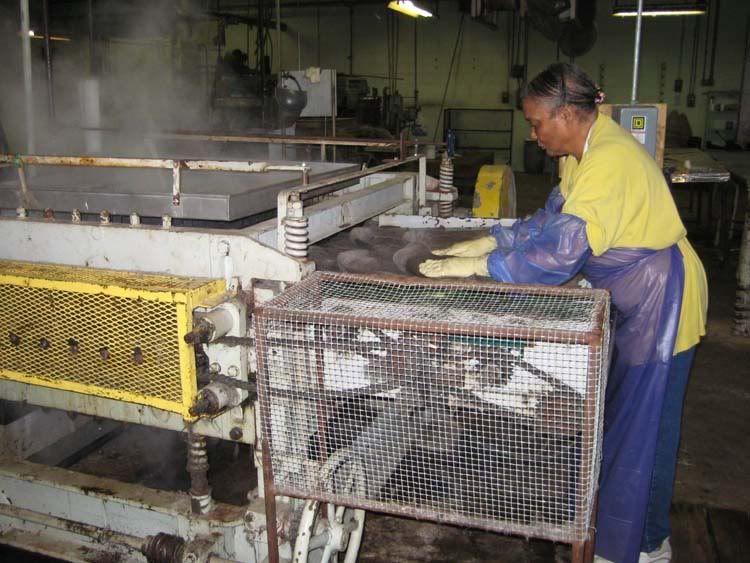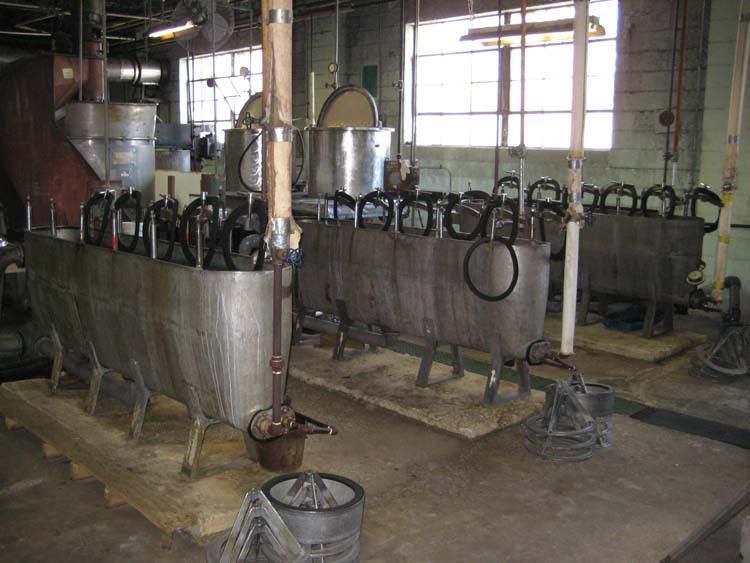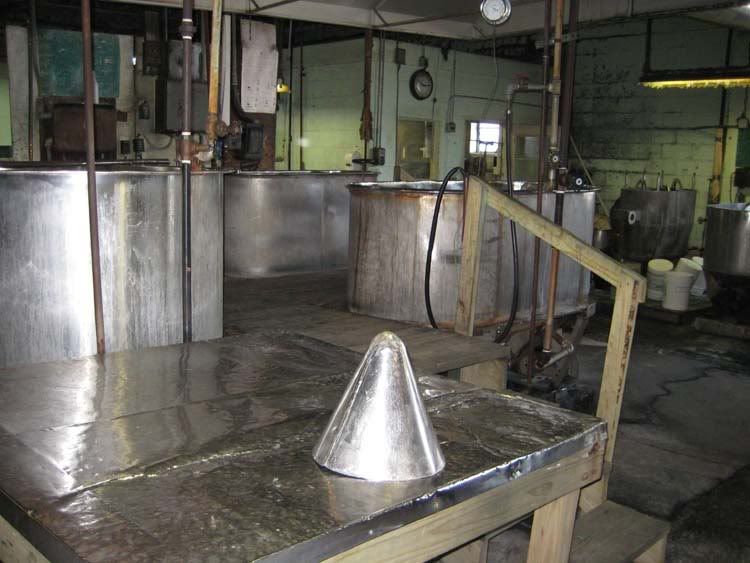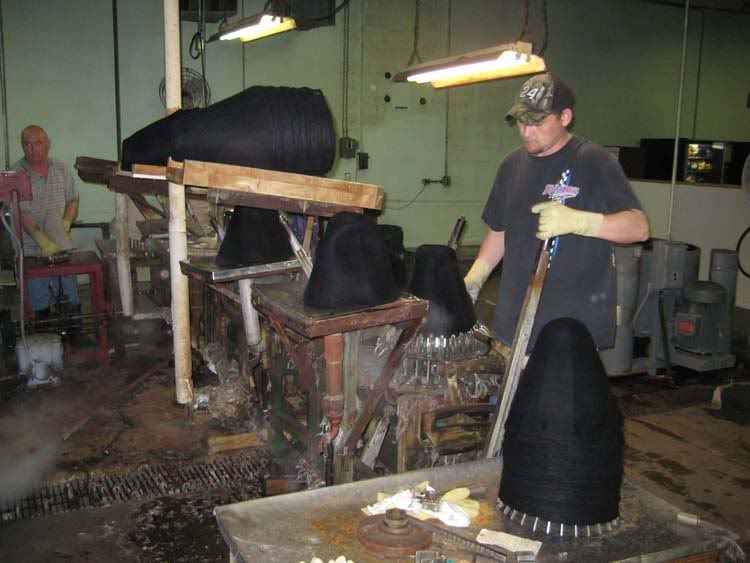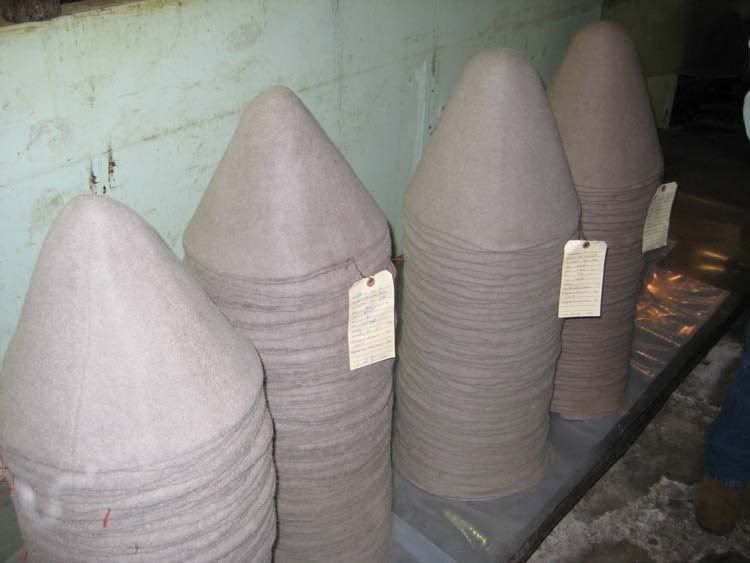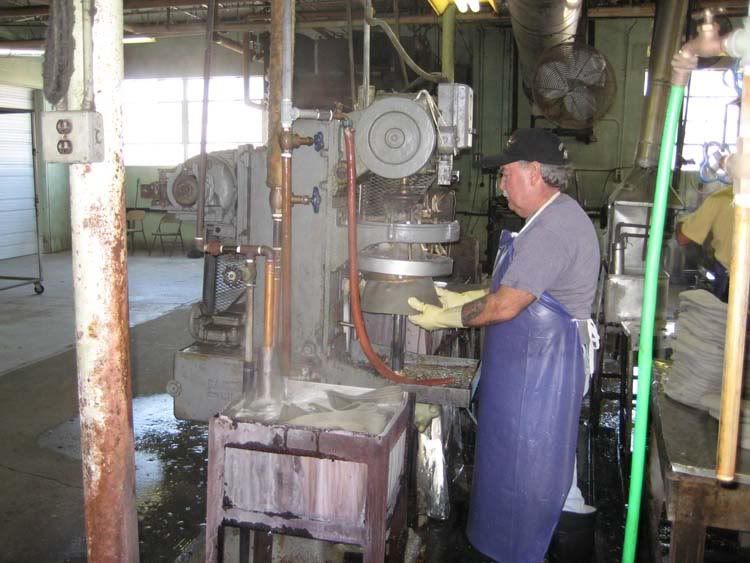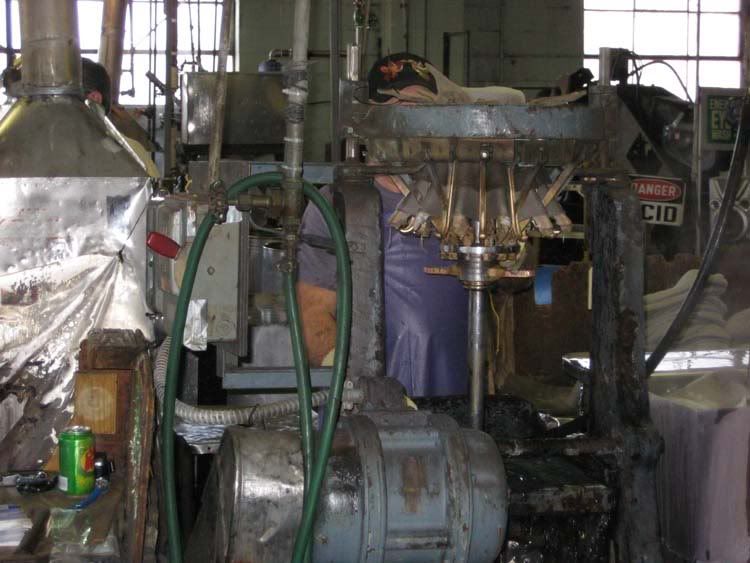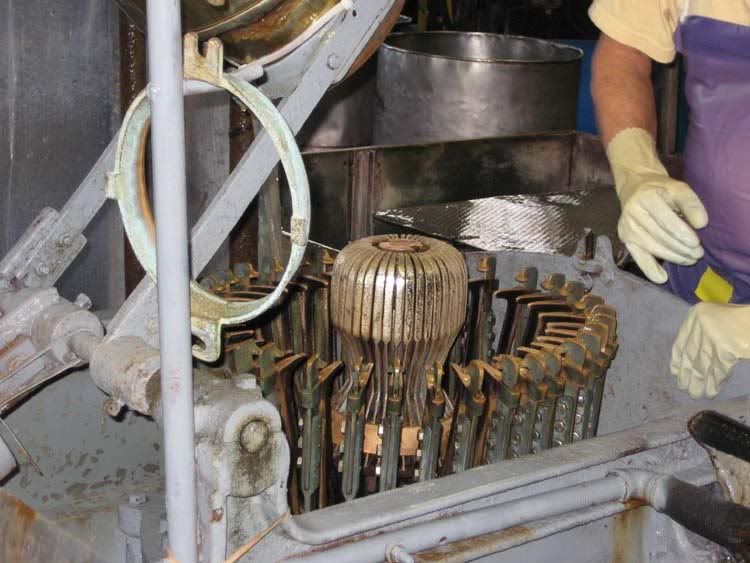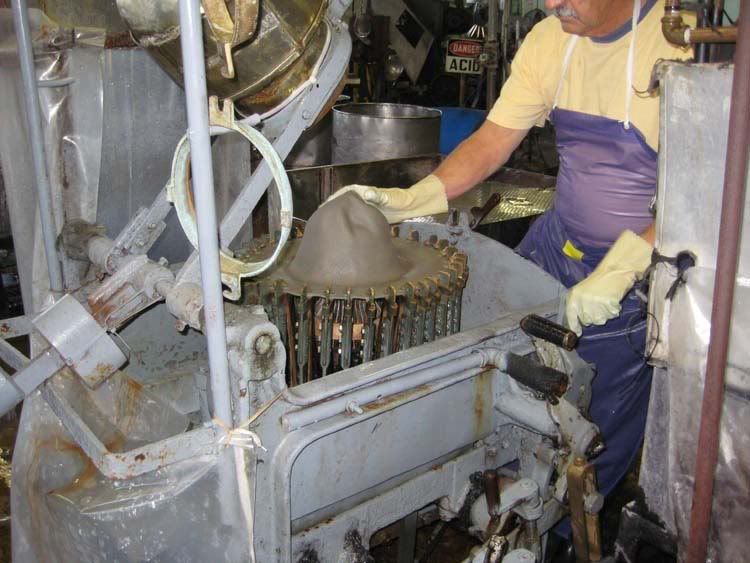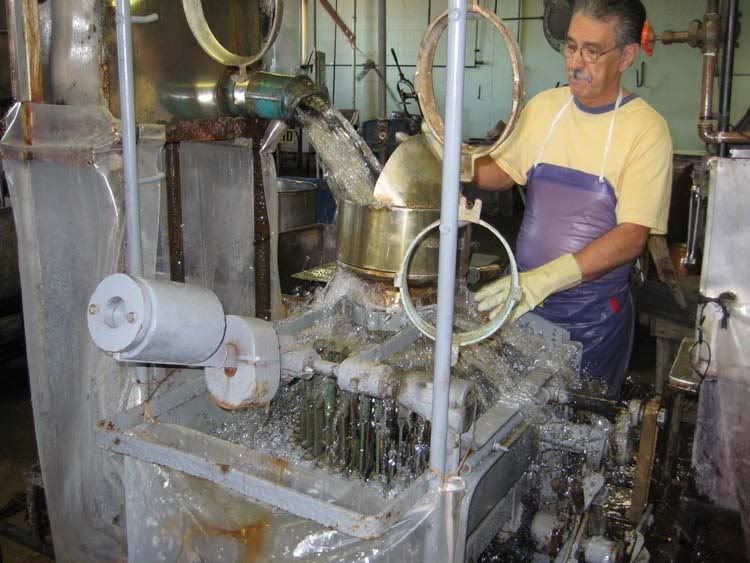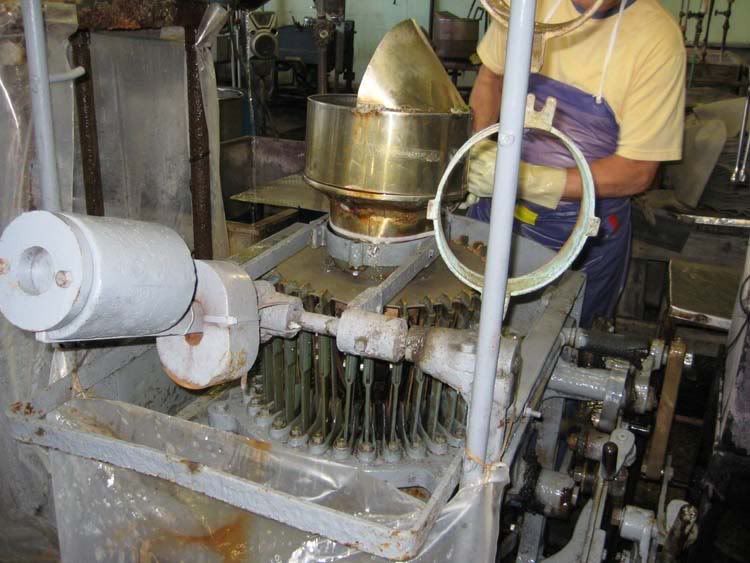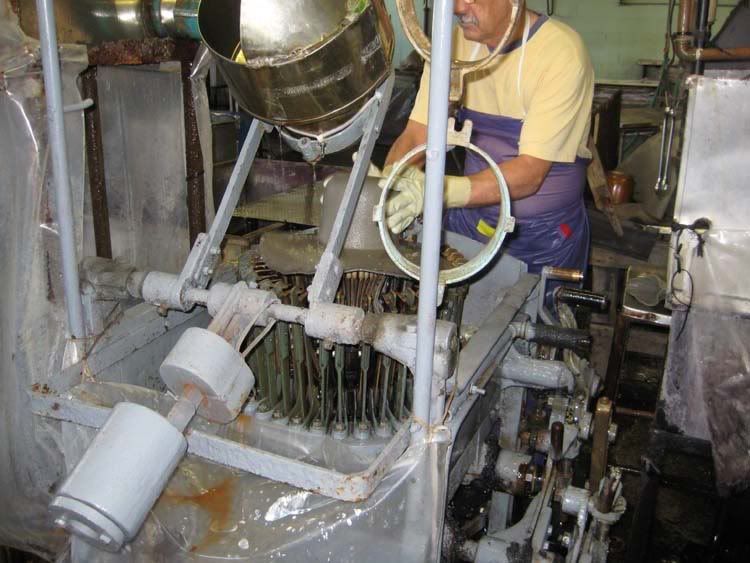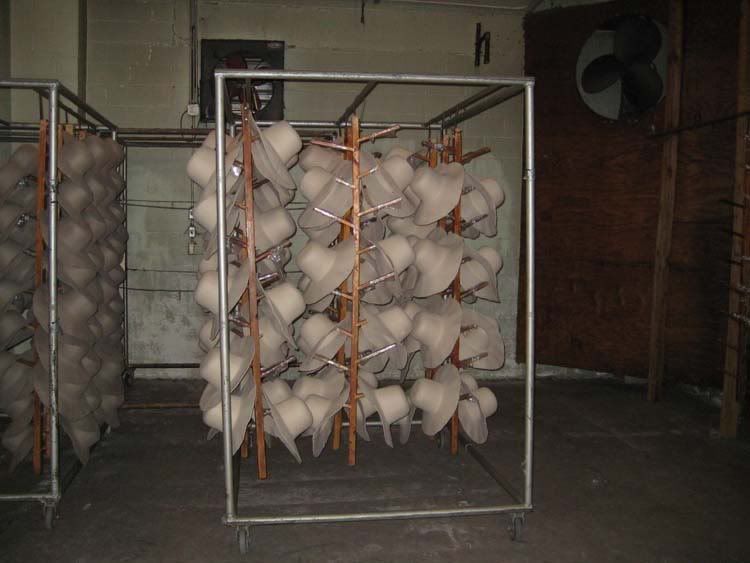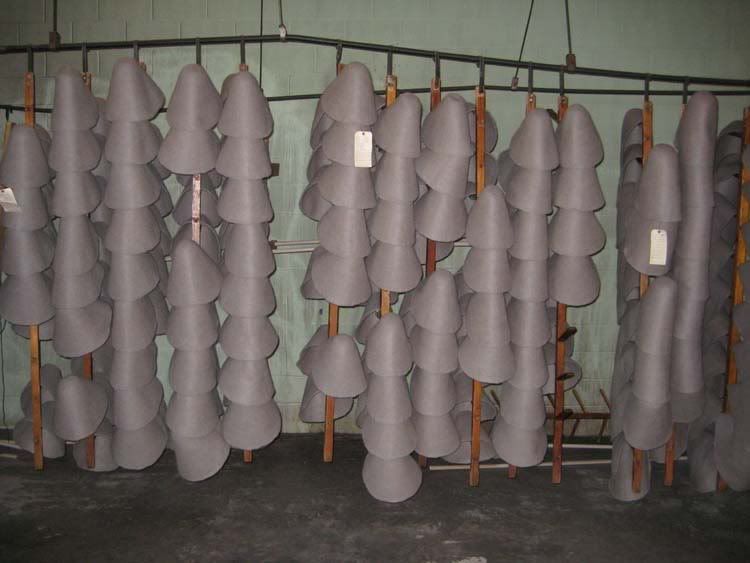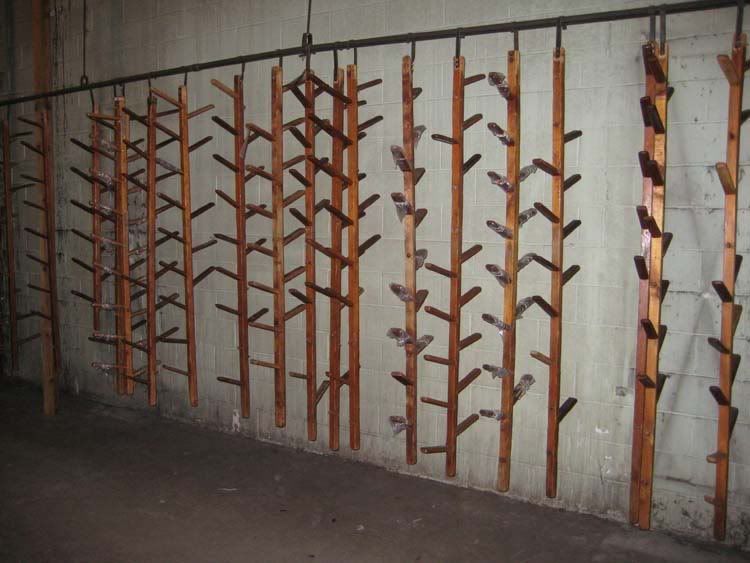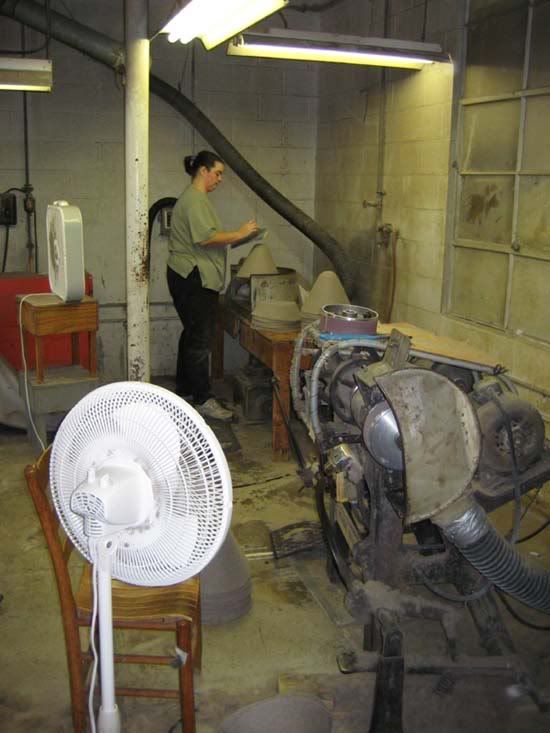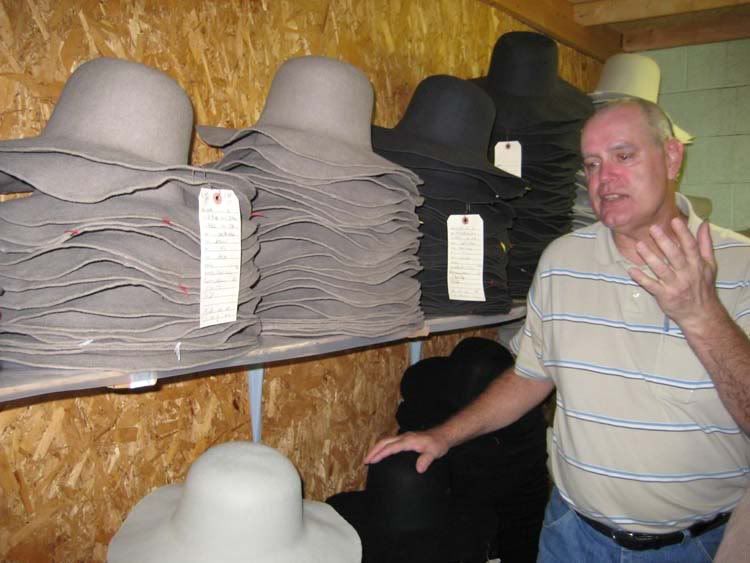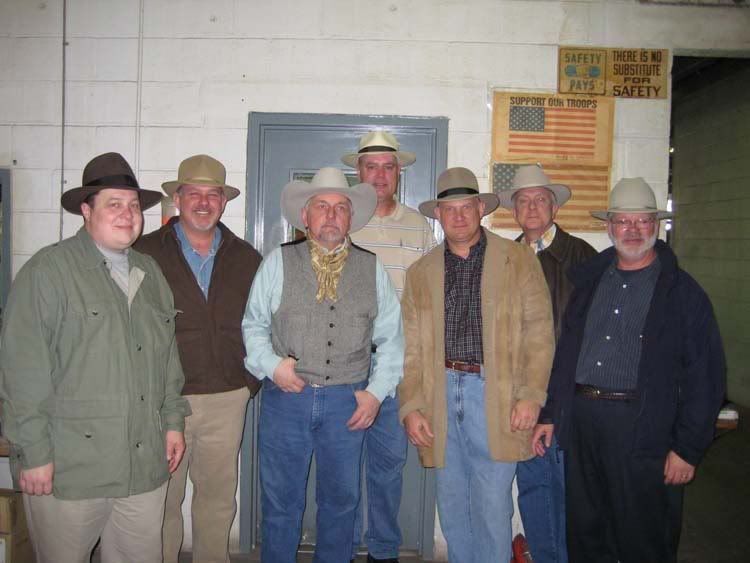jimmy the lid
I'll Lock Up
- Messages
- 5,647
- Location
- USA
This past weekend, a number of Loungers had the privilege of visiting the Winchester Hat Corporation in Winchester, Tennessee. The purpose of this thread is to follow, as closely as possible, the felt-making process from start to finish.
The project is a rather large one. I have 50 photos to upload and then post. In addition, I will be leaving room to incorporate photos from other Loungers who may have captured aspects of the process that I did not. In the end, I hope that this thread will provide a flow of photographs and information that helps to provide a coherent view of what many of us were lucky enough to witness in person at the Winchester plant.
Incidentally, if there are aspects of the process that I have forgotten, or if I get something wrong, please don't hestitate to point it out, and I will edit things accordingly. Major Moore -- I hereby appoint you as the Chair of the Editorial Review Board!
The process will take a bit of time, so thanks for your patience as this thread comes together!
Cheers,
JtL
The project is a rather large one. I have 50 photos to upload and then post. In addition, I will be leaving room to incorporate photos from other Loungers who may have captured aspects of the process that I did not. In the end, I hope that this thread will provide a flow of photographs and information that helps to provide a coherent view of what many of us were lucky enough to witness in person at the Winchester plant.
Incidentally, if there are aspects of the process that I have forgotten, or if I get something wrong, please don't hestitate to point it out, and I will edit things accordingly. Major Moore -- I hereby appoint you as the Chair of the Editorial Review Board!
The process will take a bit of time, so thanks for your patience as this thread comes together!
Cheers,
JtL

